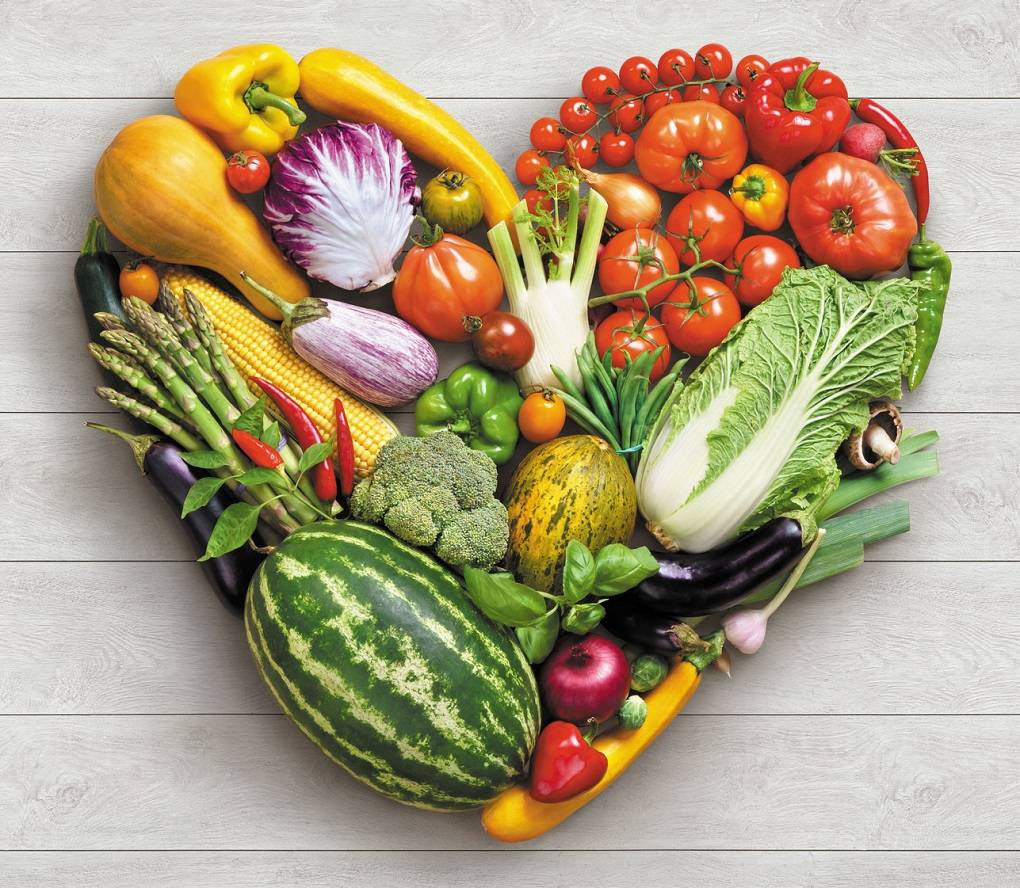
Let us make one thing clear- all vegans are vegetarians but not all vegetarians are vegans. Vegetarianism is an umbrella term used to describe all diets that limit the consumption of meat, poultry, fish, dairy, and other animal products. There are different types of vegetarian diets-
-
A lacto-ovo vegetarian is a vegetarian person who doesn’t consume meat, poultry, or fish but eats both eggs and dairy products.
-
A lacto vegetarian refers to a vegetarian that consumes dairy products but no eggs, meat, poultry, or fish.
-
An ovo vegetarian is a person who consumes eggs but not dairy products, animal products, meat, fish, or poultry.
-
A vegan is a person that doesn’t consume any dairy products, eggs, meat, poultry, fish, or other animal products.
-
A pescatarian is a partial vegetarian that eats fish but avoids all other meats.
-
A flexitarian is a person whose diet consists mostly of plant-based foods but who occasionally indulges in poultry, meat, dairy, and fish.
Benefits of a Plant-Based Diet
-
Boosts heart health- Plant-based diets benefit heart health by lowering blood pressure, lowering harmful cholesterol levels, and reducing the risk of heart disease.
-
Good for the environment- Animals reared for meat produce a lot of greenhouse gases, which contribute to global warming. In contrast, crops have a smaller carbon footprint.
-
Helps lose weight- Switching to a plant-based diet can help a person lose weight. It also lowers the overall cholesterol levels in the body.
-
Reduce the risk of developing type-2 diabetes- Plant-based diets have a higher intake of whole grains, legumes, nuts, fruits, and vegetables, along with a lower intake of unhealthy fats.
Risks Associated with Transitioning to a Plant-Based Diet
-
Not enough zinc- Red meat is a big source of zinc in our diet. It is important for people that are considering transitioning to a plant-based diet to find foods that are rich in zinc.
-
Not enough iron- Animal proteins are a rich source of iron. Iron deficiency can lead to fatigue, increased heartbeat, and general weakness. Vegetarians can offset this issue by eating more leafy greens, nuts, soy, and chocolate.
Tips for Smooth Transitioning to a Plant-Based Diet
-
Start gradually- Nutrition experts believe that the transition to a plant-based diet should be slow. Pick a few of your favourite plant-based meals and start rotating them throughout the week. You can also start by eliminating two animal-based foods and replacing them with a healthy alternative. For instance, replace milk with oat, almond, or soy milk.
Try out new vegetable and fruit preparations every week and swap out processed meat-based junk food with healthy alternatives. Cut back on drinking soda by drinking carbonated or flavoured water. You will find yourself not craving meat-based foods as you continue to make incremental changes.
-
Go for a plant-based breakfast- Once you have tried to incorporate more plant-based dishes in your diet, try committing to eating at least one plant-based meal every day. Breakfast is a good start as you can have a wholesome plate of toast, waffles, pancakes, a smoothie bowl, cereal, etc.
-
Do not restrict your food intake- Compared with an all-meat diet, plant-based food has lower calories and a more diverse nutritional profile. Therefore, while transitioning to such a diet, begin by eating larger volumes of food which are needed to sustain your energy throughout the day.
-
Make sure that you are getting enough protein- Plant-based food tends to have protein but in less concentration than meat. Therefore, while transitioning to a plant-based diet it is important that you are getting plenty of protein that can meet your daily requirements. Focus on incorporating cereals, grains, nuts, and seeds in your diet that are rich in protein.















